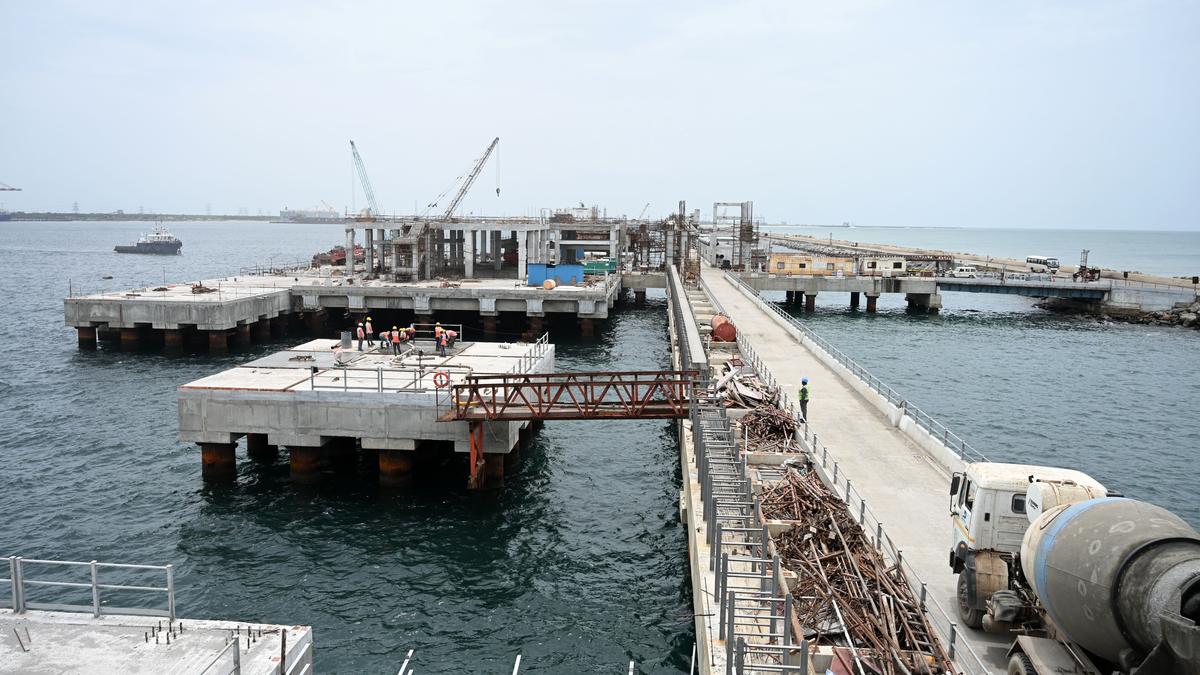India boasts a rich and diverse range of marine ecosystems. These ecosystems are critical to the country’s environmental health and economic stability. However, they face significant threats from invasive species, which are often introduced through ballast water discharged by ships.
The Problem of Ballast Water
Ballast water is crucial for maintaining a ship’s stability during its voyages. However, when discharged at different ports, it can introduce non-native species into local marine environments. These invasive species can:
- Disrupt ecosystems
- Outcompete native species
- Cause significant ecological and economic damage
International and National Regulations
India is a party to the International Convention for the Control and Management of Ships’ Ballast Water and Sediments (BWM Convention), adopted by the International Maritime Organization (IMO). This convention provides guidelines for controlling and managing ballast water to prevent the spread of harmful aquatic organisms.
India’s Efforts in Strengthening Legal Frameworks
To mitigate the risk posed by invasive species, India is taking several steps:
- Strengthening its legal framework and enforcement measures
- Developing and enforcing national laws aligned with international standards
- Collaborating with shipping companies and environmental organizations to ensure compliance
The Importance of Compliance
Adhering to these guidelines and implementing stringent controls and monitoring mechanisms, India aims to:
- Protect its marine biodiversity
- Safeguard its fisheries
- Preserve the livelihoods of coastal communities
Conclusion
The effective management of ballast water is crucial to maintaining the health of India’s marine ecosystems and supporting sustainable development in the maritime sector.
Multiple-Choice Questions (MCQs):
- What is the main threat to India’s marine ecosystems discussed in the article?
- a) Overfishing
- b) Invasive species from ballast water
- c) Climate change
- d) Pollution
- What is ballast water primarily used for in ships?
- a) Fueling the ship
- b) Stabilizing the ship during voyages
- c) Cooling the engines
- d) Providing drinking water for the crew
- Which international convention is India a party to regarding ballast water management?
- a) Paris Agreement
- b) BWM Convention
- c) Kyoto Protocol
- d) MARPOL Convention
- What are the potential impacts of non-native species introduced through ballast water?
- a) Enhancing local biodiversity
- b) Disrupting ecosystems and outcompeting native species
- c) Improving water quality
- d) None of the above
- What are some of the proactive measures India is taking to protect its marine biodiversity?
- a) Banning all ships
- b) Implementing stringent controls and monitoring mechanisms
- c) Increasing ship traffic
- d) Promoting the release of ballast water
